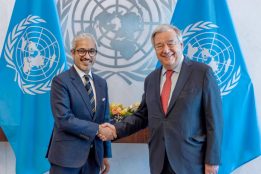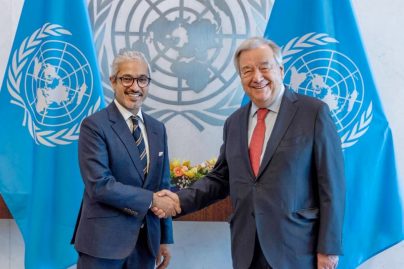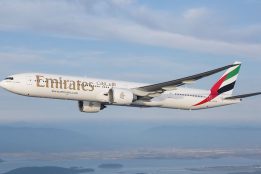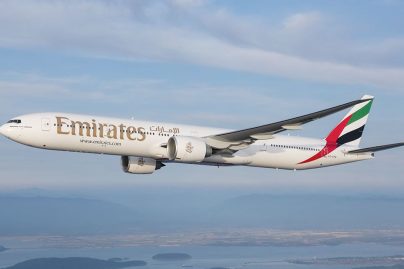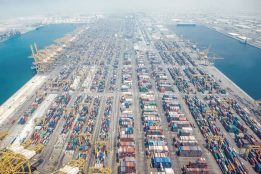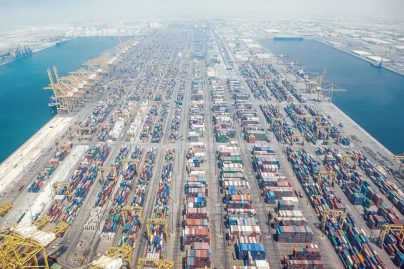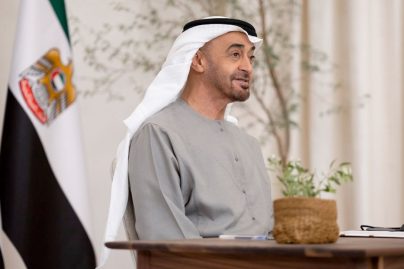Phuket’s ‘sea gypsies’ swim free amid tourism collapse
Tue 24 Nov 2020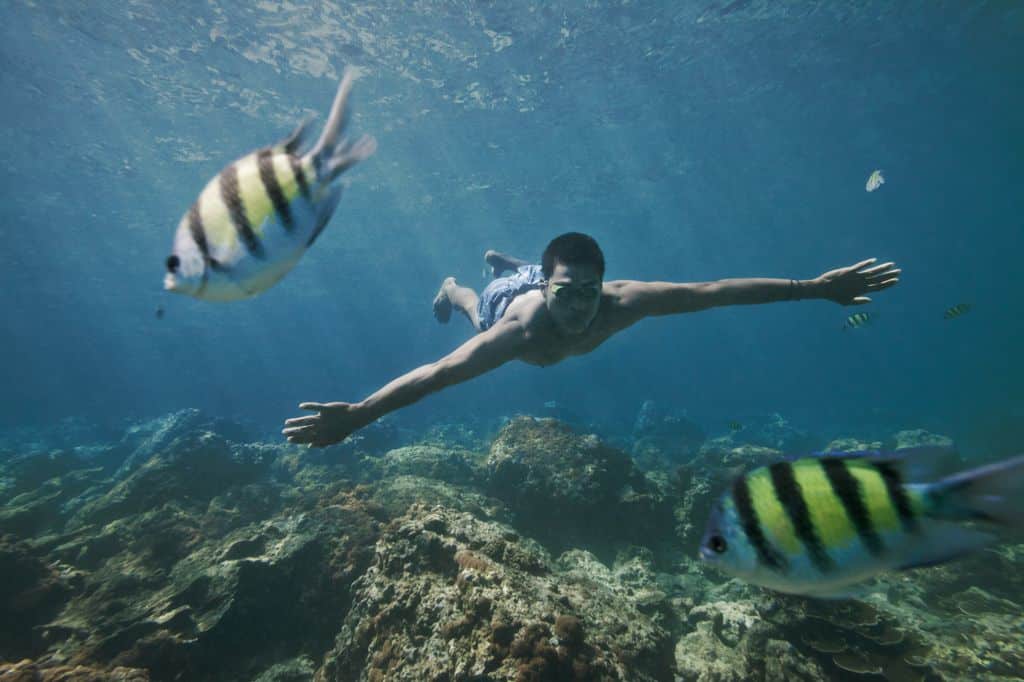
The novel coronavirus has dimmed lights and lives across the world, but for Thailand’s “sea gypsies” it has been a surprise respite from the threat of mass tourism.
Since the pandemic began, survival has been easier for the drifting bunch with an abundance of fish to eat as constructions on their ancestral land in the tourist hotspot of Phuket cease to a still.
In the turquoise waters of the Andaman Sea, connected to the surface by a slender pipe — a ‘thread of life’ — tucked into their masks, the Chao Lay stalk fish and shellfish, spear in hand.
With Thailand closed to foreign visitors for the past eight months, tourist boats have been stuck at the quay and fishing has been easier for these “people of the sea”.
“We don’t dive as deep as before, so it’s less dangerous,” Sanan Changnam, 42, and among the divers, told AFP.
His ancestors, former nomads who came from Indonesia nearly 300 years ago, took a lick of land in Rawai, a beach in the south of Phuket, long before the island became one of the country’s most popular destinations.
Over nine million visitors landed in Phuket in 2019 and the boom has had a huge impact, with falling fish stocks, shrinking fishing grounds and a construction frenzies all around.
The traditional way of life of the Chao Lay, also known as “sea gypsies”, has been turned upside down — but the pandemic has since helped them keep their heads above water.
“It gives us a bit of a breather,” says Alim, Sanan’s uncle.
The authorities are now less strict when the Chao Lay sail in protected marine reserves or near islets usually reserved for tourists.
“Before, we risked being arrested by a patrol or having our boats confiscated,” he says.
The threat of eviction also hangs over the 1,200 Chao Lay living in Rawai, where property developers have been eyeing their land — a few hundred metres long strip facing the sea.
But with tourism on the breaks, Phuket’s economy is paralysed, and tens of thousands of on-site workers have returned to their home provinces elsewhere in Thailand.
“We hope that all of this will be abandoned,” says Ngim Damrongkaset, 75, a representative of the Rawai community.
“They want to drive us out of our homes, but also to deny us access to the sea.”
For the Chao Lay the beach is a vital space where they keep their colourful wooden boats and where they pray and give thanks to their ancestors.
The battle with the tourism promoters is an unequal one: many Chao Lay cannot read or write and were unaware that one could register land in their name
Many families today have no legal title to the land they live on, though the government is trying to help them prove that they were there long before the investors.
The evidence to match this testimonials lies in old aerial photographs and amid the bones of Chao Lay ancestors — traditionally buried on the beach so they can still hear the sound of the waves.
The government has recently allocated an area of mangrove to neighbouring Chao Lay communities to temporarily live and fish — a first step but not a permanent solution.
It has also committed itself to preserving their oral traditions, without much effect so far. People in Rawai face many problems, including alcohol and disease.
The Chao Lay also bear a heriditary line of unique gifts and traditions that have served them well.
Children of the Moken — one of the three branches of the Chao Lay — have 50 percent better visual acuity in the water than their European counterparts, according to a 2003 study.
And their deep understanding of their environment allowed many of them to spot the warning signs of the devastating 2004 tsunami and flee.
Most of them escaped and helped many tourists to safety as well.
Delve and explore the Moken culture further here.
[Sourced from Agencies]

 Apr 18 2024
Apr 18 2024
